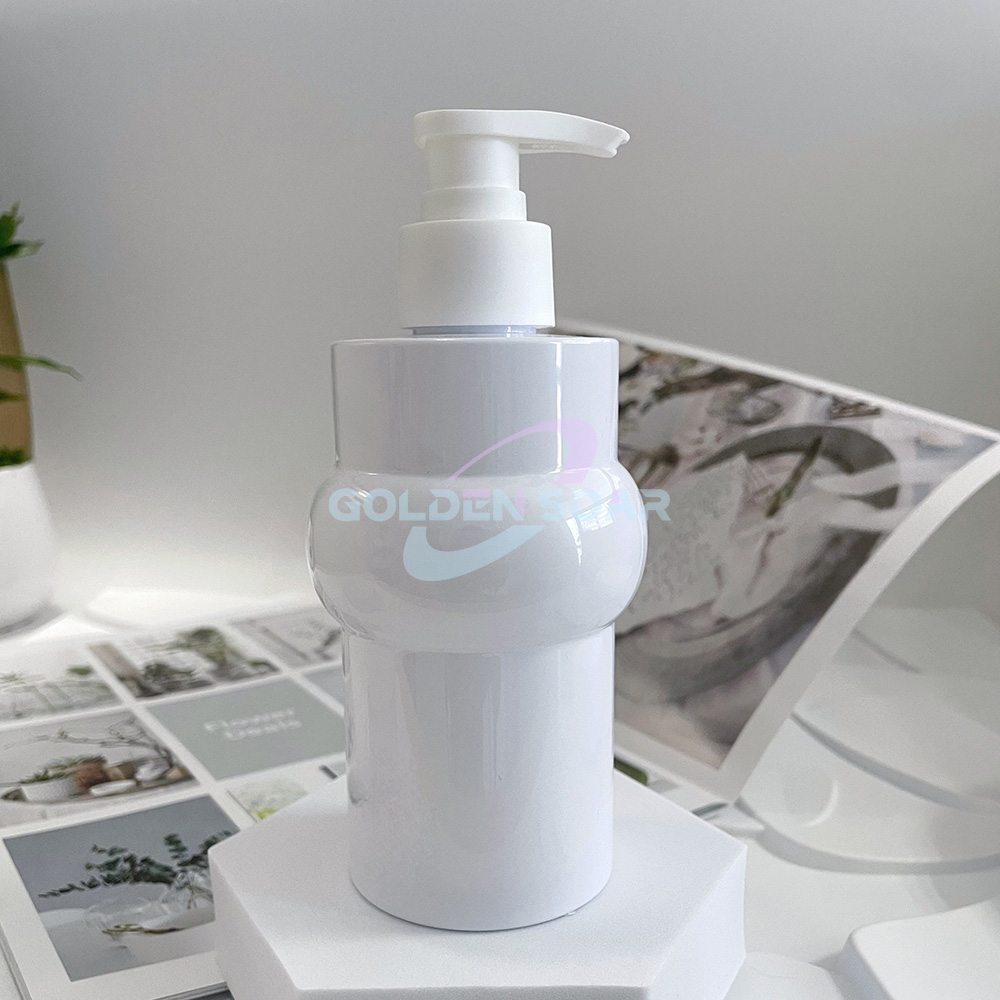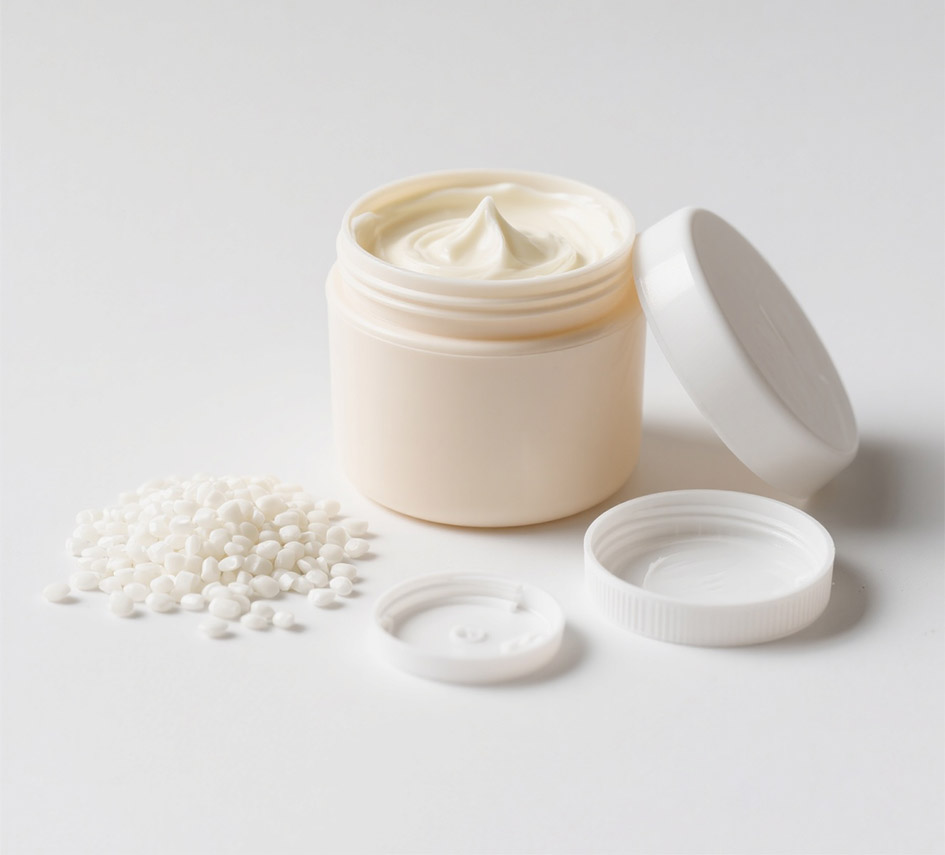
In the modern age
{In today's nature-minded context, the need for recyclable packaging systems is surging. A group of usual plastics in packaging are polyethylene material, polypropylene fabric, and PET plastic. Each plastic offers unique aspects that make it fit for varied applications. Polyethylene is a elastic plastic often used in liners, while polypropylene is known for its resilience and is commonly found in cases. PET, on the other hand, is see-through and nimble, making it a popular choice for soda bottles.
{When electing sustainable packaging, it's essential to weigh factors such as the eco-repairability of the polymer, its planetary influence, and its overall performance.
Pros of PET Packaging in Food and Beverage
{PET sleeves have become a popular choice for the food and beverage industry due to their numerous upside. One key plus is its lightweight nature, which translates to reduced freight costs and a smaller carbon footprint. PET is also eco-friendly recoverable, making it an environmentally eco-positive option. Furthermore, its transparent appearance allows for product visibility, enticing consumers and enhancing brand marketing.
- Furthermore, PET's durability protects wares from damage during handling and holding, ensuring freshness and quality.
- In light of its barrier properties, PET effectively thwarts the entry of moisture, oxygen, and infiltrants, preserving product flavor and safety.
Broadly, PET containers offer a effective solution for the food and beverage industry, combining cost-effectiveness with green considerations.
Polypropylene Packaging: Benefits for Diverse Markets
{Polypropylene materials, commonly known as PP, has emerged as a leading choice for consumer goods due to its exceptional versatility and durability. It attributes make it ideal for a wide range of applications, from food preservation to household items. The inherent strength of PP provides excellent protection against impact, damage, ensuring the integrity of the product throughout its lifecycle. Furthermore, PP's resistance to withstand a variety of temperatures and environmental conditions makes it suitable for both indoor and outdoor use.
- PP packaging offers a high level of remanufacturability, minimizing its environmental mark.
- Creators often utilize PP to create lightweight and compact packaging solutions, reducing transportation charges, and promoting environmental responsibility.
- The smooth surface of PP makes it easy to print on, allowing for clear and vibrant product labeling.
Briefly, PP packaging's combination of durability, versatility, and sustainability has firmly established it as a preferred choice for protecting and presenting consumer goods in today's market.
Aluminum metal's in Premium and Protective Packaging
{Aluminum has emerged as a leading material in the territory of premium and protective packaging. Its inherent features make it an ideal choice for safeguarding stock during transport and storage. Aluminum's resilience provides exceptional barrier against natural factors such as moisture, oxygen, and light, ensuring product integrity and extending shelf life. Furthermore, aluminum's cosmetic appeal contributes to the premium semblance of packaged goods, enhancing brand visibility.
Examining Features of PE, PET, PP, Aluminium
{Various plastics and metals possess distinct specific characteristics that influence their applications. Polyethylene substance, commonly known as PE, is renowned for its flexibility and low cost, making it suitable for packaging and sachets. Polyethylene terephthalate widely termed PET exhibits high strength and clarity, utilized for beverage bottles and textiles. Polypropylene substance, or PP, demonstrates fortitude and chemical resistance, positioning it for items like containers and automotive parts. Aluminum, a mineral, stands out due to its premium conductivity and recyclability, contributing to applications ranging from cans to construction materials.
Environmentally Conscious Options: Biodegradable and Compostable Options
{In today's universe, it's more significant than ever to decrease our impact on the planet. One way to do this is by opting for green alternatives to customary products. Biodegradable and compostable options offer a remarkable solution to scrap problems. These materials decompose naturally over time, giving back valuable nutrients to the soil.
- Instances of biodegradable and compostable products comprise food boxes, bags, and even clothing.
- By choosing these options, we can conserve natural resources and establish a more planet-conscious future.
Upgrades in Flexible Packaging: PE Films and Laminates
{The flexible packaging industry constantly strives to develop innovative solutions that meet the evolving demands of consumers and manufacturers. Polyethylene (PE) films and laminates have emerged as key players in this landscape, offering a wide range of properties such as strength, durability, barrier performance, and versatility. Recent enhancements in PE film technology have led to the creation of high-performance materials with improved puncture resistance, tear strength, and chemical resistance. These enhancements empower the packaging of a diverse range of products, from food and beverages to pharmaceuticals and personal care items.
- Besides, advancements in lamination techniques have allowed for the integration of multiple layers of PE film with other materials such as resins and metallized foils. This multi-layered approach enhances the protective capabilities of packaging, providing superior barrier properties against moisture, oxygen, and light.
- As a result, flexible PE films and laminates are increasingly being employed in sustainable packaging solutions. Their lightweight nature reduces transportation costs and lowers the environmental impact associated with packaging waste.
Analyzing the Contribution
{In an era defined by environmental consciousness, the impact of packaging on sustainability has come under intense scrutiny. Traditionally, packaging has been viewed as a linear system, where materials are extracted, processed, used once and then discarded. However, embracing a circular economy approach presents a transformative solution. These paradigm emphasizes reducing waste by reusing, repairing, and recycling packaging materials, minimizing the depletion of resources and environmental impact. By implementing innovative design strategies and fostering collaboration across the supply chain, businesses can create a closed-loop system where packaging becomes a valuable resource rather than a source of pollution.
- A circular economy approach to packaging prioritizes the reuse and recycling of materials.
- Creative design strategies play a crucial role in minimizing packaging waste.
- Collaboration across the supply chain is essential for achieving a truly sustainable system.
Regulations and Ingredients for Packaging
{Packaging components are monitored under a variety of protocols designed to ensure the safety of consumers and the biosphere. These provisions often dictate the types of constituents that can be used, as well as boundaries on packagingmakeup to avoid potential hazards. Respect with these guidelines is imperative for vendors to avoid consequences. These regulations can vary from country to country, so it is vital for businesses to examine the specific rules that apply to their stock. A frequent aim of packaging rules is to Tinplate Packaging encourage nature protection. This often involves promoting the use of renewed substances and cutting down packaging scrap.
Lightweighting and Efficiency
{In today's dynamic market, packaging/product containment are constantly seeking innovation/optimization/advancements to enhance both the performance/efficacy/effectiveness of their packaging and its environmental footprint. Lightweighting/Material optimization/Reducing density emerges as a key strategy in achieving this balance. By strategically/intelligently/carefully reducing the weight of packaging materials without compromising protection/integrity/security, manufacturers can achieve significant benefits/gains/advantages. These include lowered/reduced/diminished transportation costs, minimized/decreased/limited environmental impact through lesser/reduced/minimal resource consumption and waste generation/emissions, and improved/enhanced/optimized shelf appeal due to a more streamlined/compact/efficient design.
- Additionally/Furthermore/Moreover, lighter packaging can often lead to increased/enhanced/boosted product stackability, allowing for greater/more/superior storage efficiency and potentially lowering/reducing/minimizing overall shipping volumes.
Therefore/Consequently/As a result, investments/initiatives/commitments in lightweighting represent a strategic/forward-thinking/proactive step towards sustainable/eco-conscious/responsible packaging solutions that meet the demands of both consumers and the planet.
Opting the Right Packaging Material: Factors to Consider
When it comes to packaging your merchandise, the choice of material is essential. It's not just about appearance; the right packaging needs to protect your items during transit and satisfy specific needs. Here are some important factors to take into account:
- Classification of Goods
- Durability
- Ecological Footprint
- Budget considerations
- Artistic Impression
By scrupulously considering these factors, you can select the perfect packaging material to highlight your products while guaranteeing their protection. 